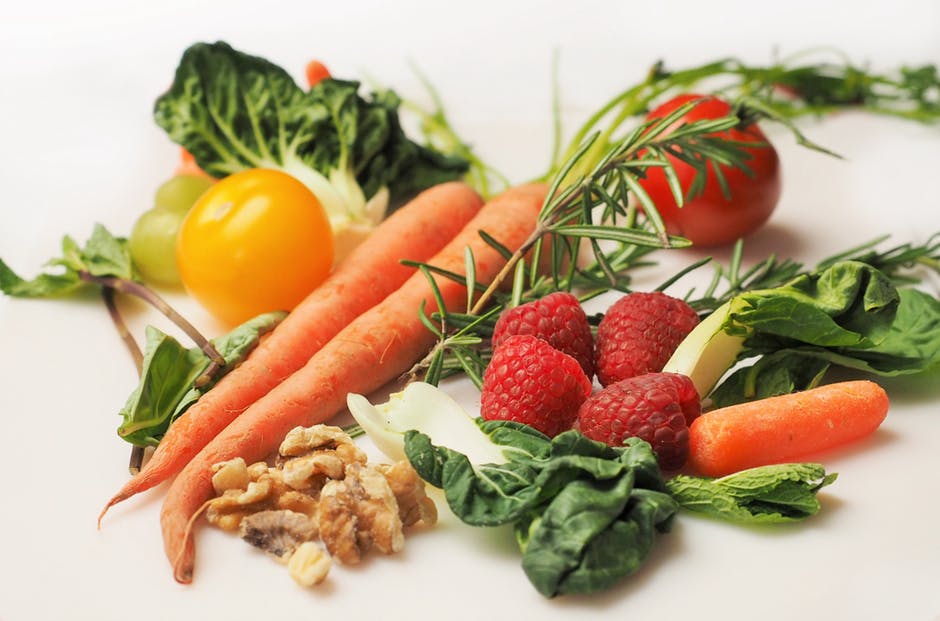The perks of adopting a plant based diet might just be too numerous to mention. From the many assorted health benefits it brings to the ceasing of an environmentally destructive lifestyle to the diminishing of cruelty to animals worldwide, it seems there’s no real negatives to the diet change. Although it may seem challenging, there is help along the way from free vegan recipe blogs to follow, to social media support groups for transitioning from meat-eater or vegetarian diets to plant based to nutritional guides abound. Let’s take a look at how people are doing it and why.
If you’re ready to make the change, but aren’t sure quite how, you aren’t alone. Many social media groups have sprung up around transitioning in order to share ideas, discuss remedies to the challenges, and swap recipes. An easy search on Facebook should show countless options as results, not to mention regular Google search articles and how-to guides. Keep in mind that some view “plant based” as simply the dietary aspect of veganism while a full lifestyle change, incorporating the rejection of wearing leather, refusal to ride horses, etc., embraces the whole gamut. There’s a lot to consider, so just do the best you can and break it into pieces as you go for greatest clarification. You’ll get where you want to be in no time!
Benefits of a plant based diet
Plant-based diets can promise a wide array of benefits including lower rates of heart disease, which is the leading killer of both men and women in the United States with 1 million people dying from it annually. The Vegetarian Times has named a low-fat vegetarian or plant-based diet to be the “single most effective way to stop the progression of coronary artery disease or prevent it entirely.” According to Dr. Joel Fuhrman, vegetarians/vegans have lower rates of CVD than meat-eaters due to consuming less cholesterol and animal fat, more fiber, and generally more antioxidant-rich produce. Additionally, plant based diets can promise lower blood pressure, as confirmed in the journal JAMA Internal Medicine. Throughout the 7 clinical studies (and another 32 published studies published over a century), plant based diets were proven to actually be effective in lowering high blood pressure. Mood improvements, greater longevity, fewer weight problems, a lower risk of and help with the prevention of diabetes, healthier bones, reduced risk of food-borne illnesses, higher energy, the reduction of pollution, decrease of deforestation, lessening of famine and decreased animal cruelty.
But what can I eat on a plant based diet?
Don’t worry – you won’t run out of foods you can eat! The easiest way for most people to transition to fully plant based from meat-eating is to go vegetarian first. Since many foods contain dairy and eggs but not meat, this is a simple first step. Then, start learning about the vegan versions of things. Most big cities (and some smaller ones!) have vegan bakeries, or at least offer baked goods in their grocery stores. Dairy-free cheeses can be purchased at many stores or made at home. You’ll notice numerous protein replacements for a lot of dishes, including even foods you can grill at a cookout. You’ll find out about seitan, tempeh, chickpeas, jackfruit, hemp seeds, assorted nut milks and butters (as well as the nuts themselves), peas, soy, quinoa, spirulina, lentils, adzuki, mung and other types of beans, brown rice, eggplant, granola, spaghetti squash, and oatmeal.
Be particularly mindful of your protein, iron, vitamin B12 and vitamin D intake, since the plant based diet requires consciously ensuring they’re in your life. The Harvard Health Blog lists the RDA for protein (for the average adult) at 0.8 per kilogram of body weight. If you’d like to personalize that, check the handy online nutrient calculator from the USDA here. Also, it helps to know that there are no advantages to the over-consumption of protein either, as it can actually lead to health problems just like insufficient protein intake can.
To get enough iron, plant based diets should include bran flakes, dried figs, prune juice, dried apricots and raisins, cooked spinach, cooked mushrooms, seeds, nuts and/or blackstrap molasses. Be sure to eat certain foods in combination to avoid the depletion of some foods’ iron by ingesting others (this occurs due to phytate found in certain legumes, grains, etc) So try to eat things like broccoli with tofu together, beans in tomato sauce, etc. Also make a point to eat foods rich in iron that can also help with vitamin C absorption, like swiss chard, bok choy and potatoes.
As far as vitamin D, there are different kinds. Additionally, there are very few foods with vitamin D which are naturally occurring, such as egg yolks and fatty fish. In fact, most forms of vitamin D in dairy and similar products occur because it was fortified — which soy and nut milks often are too. Humans can also spend time in the sun to get their vitamin D (try to get some directly on the skin for a few minutes every day if possible – but not too much and don’t get a sunburn!) There are also ways to increase the vitamin D in mushrooms by placing them in the sun. These and other ideas and suggestions, including what to do if you’re a breastfeeding vegan, can be found here. All information you should about vitamin B12 can also be found here and keep in mind the benefits and many uses of nutritional yeast, usually fortified with B-12 and rich in several other nutrients.
Overall, the transition is worth your while and you won’t find any problem getting enough to eat in the right amounts with all the proper nutrition. All it takes is a bit of thought and some creativity! Give the plant based diet a try today — you won’t regret it!

